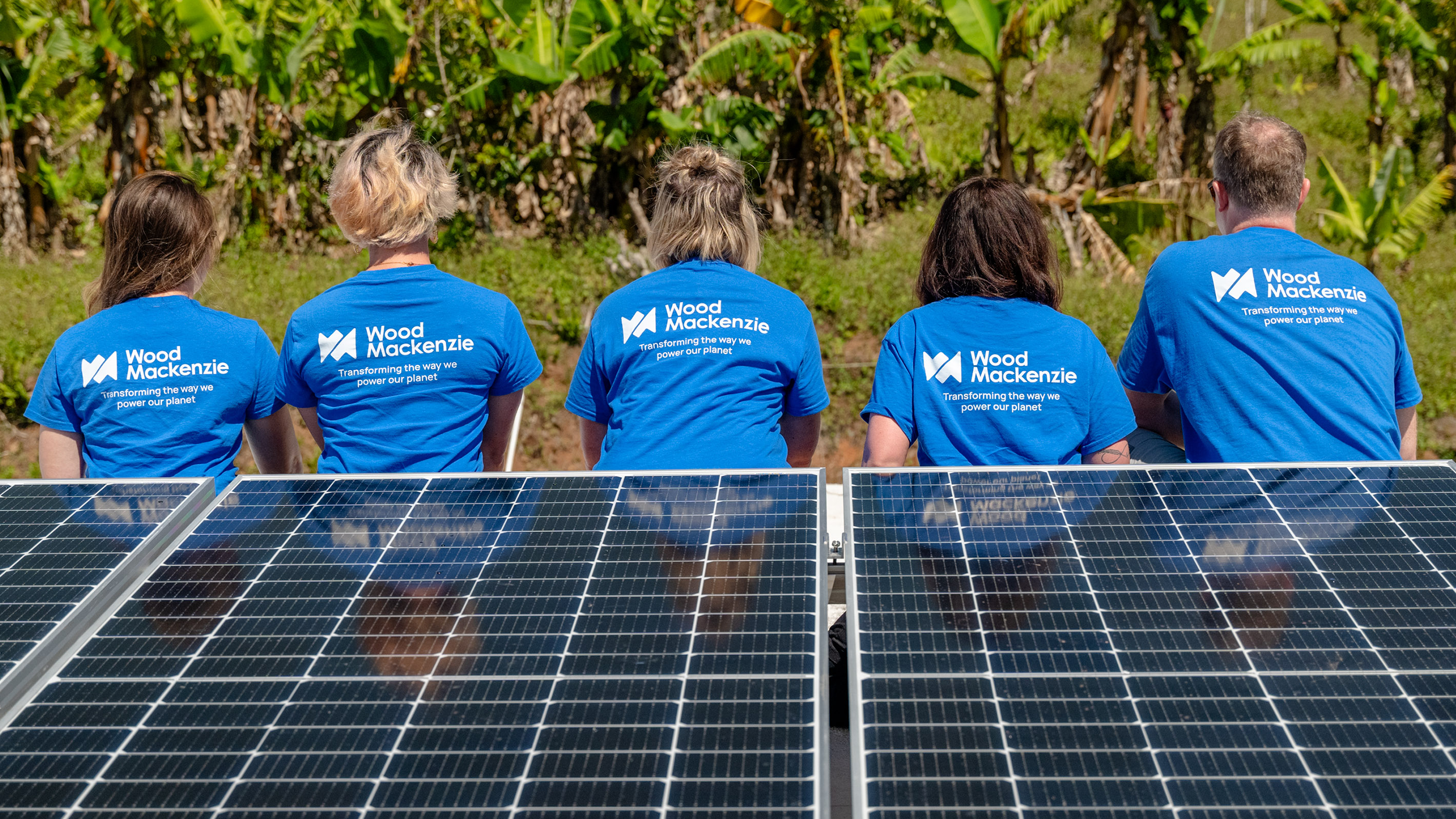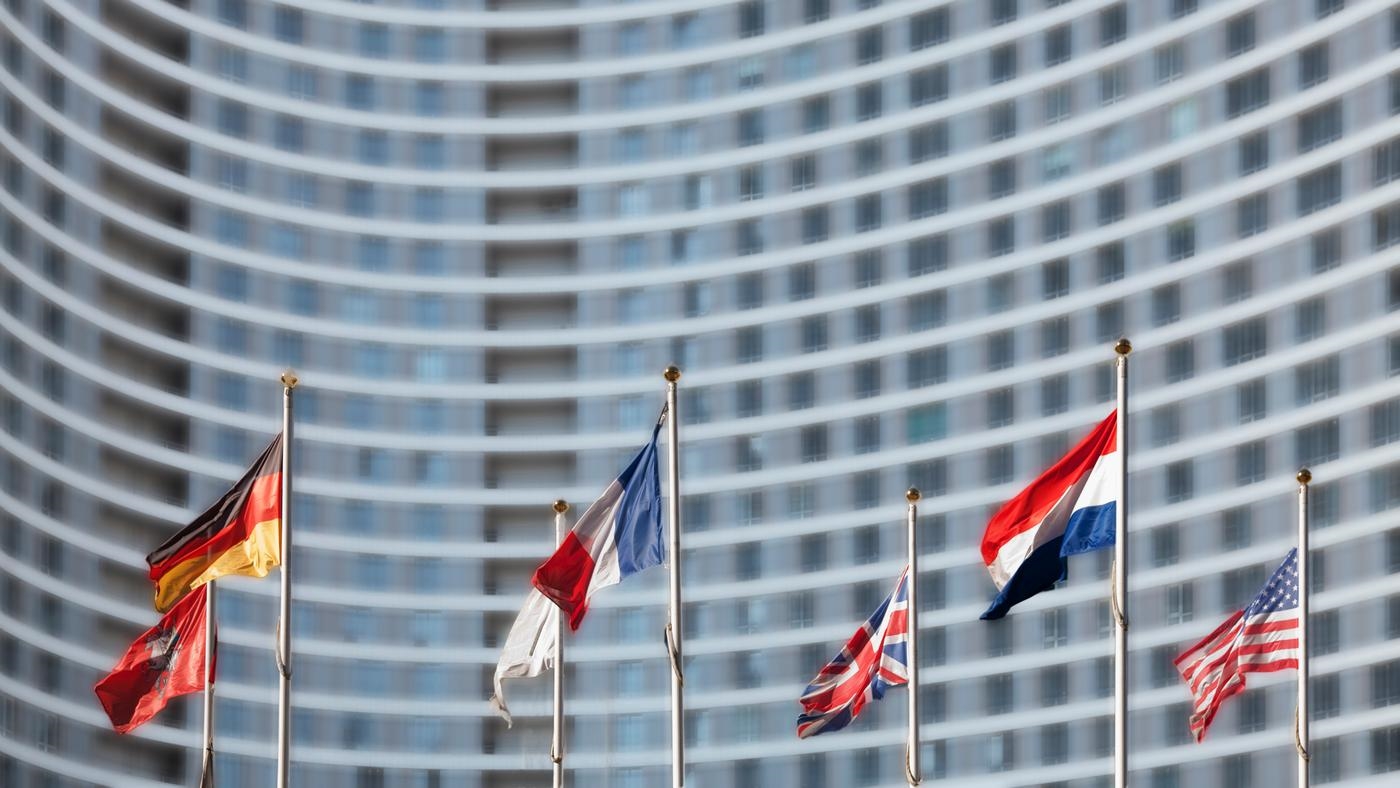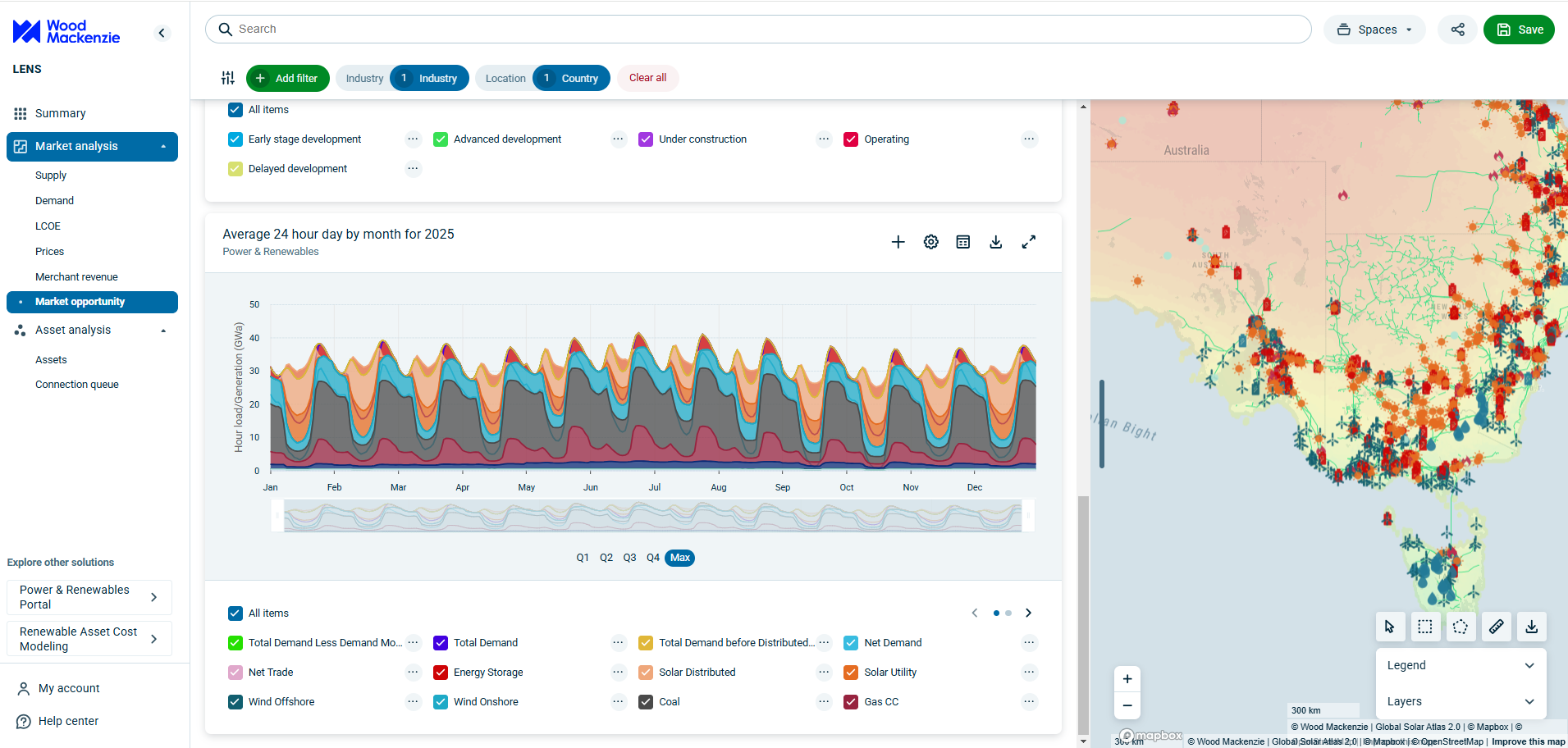Discuss your challenges with our solutions experts
Author: Ricardo Falcon, Analyst, Mexico Natural Gas
On 1 December 1 2018, Andrés Manuel López Obrador (or AMLO, by his popular acronym) took office as Mexico’s president. To date, his administration advanced its energy policy agenda, prioritising state-run companies' budget and embarking on a deep review of public-private deals, in line with a broader anti-corruption crusade.
AMLO’s first moves in the electricity sector proved controversial. His government cancelled reverse auctions and transmission tenders alike, limiting opportunities for further private investment. Although it will fund a long-awaited upgrade of the National Electricity Commission’s (CFE) power plants, there is no clear roadmap for continued development of the wholesale market.
The hard-won progress made since the 2013-2014 reform is now in jeopardy. Will the new administration make it or break it? Here are five key issues to keep an eye on during 2019.
New ruler, new game
AMLO, who was pragmatic enough to reassure investors in his election victory speech, is now moving towards a state-centric approach. His government definitively cancelled Mexico’s fourth long-term energy auction (LTEA) as well as the $1.2 billion USD Oaxaca HVDC transmission line. It also cut the Energy Regulatory Commission’s (CRE) budget by 30%. But how far AMLO and his administration will go depends on the amount of political capital they can spend.
The new administration does not bode well for pursuing more controversial measures in the power market or elsewhere for 2019. The war it waged against fuel theft, a $3.5 billion illegal business, proved tougher than expected. Despite alleged savings of $210 million, this effort so far resulted in serious gasoline shortages and over 125 lives following the explosion of an illicitly tapped pipeline.
Moreover, the electricity sector is not on the top of the president’s list of priorities. Of the $58.2 billion budgeted for the energy sector in 2019, 57% will go to the hydrocarbons industry. With a high approval rating and an absolute majority in both houses of Congress, AMLO has enough power to pursue legislative amendments to the 2013-2014 reform. However, he cannot pass constitutional changes unless he negotiates with the opposition at both federal and state legislature levels.
Looking ahead, a full dismantling of the wholesale market evolution can prove more expensive and challenging than AMLO’s government can afford.
Power auctions: Chronicle of a death foretold?
The prior administration faced many issues with implementing power auctions, and under AMLO, the situation has only gotten worse. By cancelling tenders in all verticals across the energy industry, his government is effectively rolling back sensitive features of the 2013-2014 reform without needing to pass legislation.
This decision comes with a price: investor sentiment is growing bleaker in the face of higher-than-expected regulatory risk. In the oil sector, for example, all major credit rating agencies recently downgraded the state-run company, PEMEX, bonds to near junk-grade. Private players are wondering if clean energy certificates (CELs) and financial transmission rights (FTRs) auctions arenext in the line. Although not as politically sensitive as LTEAs, they are certainly more complex. The National Center for Energy Control (CENACE), which conducts these processes, changed command. Its renewed board is assessing potential modifications to the 2019 strategic program that may further delay the implementation of pro-market mechanisms.
Bottom line, ditching LTEAs means foregoing over $3 billion in annual investments for energy diversification, which compromises AMLO’s pro-renewables initiatives. There is no alternative plan readily available to tap the country’s vast winds, solar, and geothermal potential.
Against this backdrop, Mexico faces huge obstacles in its plan to generate 35% of total power output with clean energy sources by 2024. As of February 2019, this figure is close to 18%, and the presidency will need to redouble its efforts to meet the target by the end of its tenure.
The hydro pipe dream
In seeking self-sufficiency, AMLO wants to reduce Mexico’s reliance on U.S. natural gas imports for electricity generation. The continued decline in indigenous production is reason enough to pursue this goal. If the current trend continues, the National Hydrocarbons Commission (CNH) estimates that, by 2030, Mexico will have to import as much as 94% of its total gas consumption.
AMLO’s administration earmarked $1.8 billion to start upgrading CFE’s power generating fleet, in line with the recently launched National Electricity Program. This represents 8%of the utility’s 2019 budget and a year-over-year boost of over 200% for its assets’ maintenance. However, bolstering CFE’s assets will not be enough to take the Mexico power market to the next level.
Efficient diversification of energy sources requires huge amounts of capital that the central government cannot fund alone. According to the 2018-2032 national grid development plan (PRODESEN), nearly $6 billion will be needed annually just for the expansion of the power generation segment.
For now, the options are limited. AMLO is adamant against nuclear energy development, LTEAs are cancelled, and his government will stop phasing out fuel oil-fired plants, the most expensive in the system, as the past two administrations did (this source accounts for over 14 GW, or nearly 19%, of the total installed capacity).
As for hydro, Wood Mackenzie illustrated the challenges that the president’s plans may face in the near future. Hydro is not a substitute for natural gas as the fuel of choice for electricity generation. These sources satisfy different packets of the grid’s aggregate load and follow diverse economic dispatch dynamics. It is hard to believe that AMLO’s $5.2 billion hydropower bet will secure cheaper, more reliable sources for baseload energy output—even if assets boost capacity factors as planned, they will remain exposed to seasonality.
CFE: Back to the future?
AMLO appointed Manuel Bartlett, a seasoned Mexican politician, as CFE’s new CEO. Bartlett’s main task is to conduct an internal audit of operational risks and to implement corrective measures. To this end, he will delve into this year’s $22.8 billion budget. The total spend allocated for 2019 is just 8% larger than that of 2018. Will this adjustment make for a stronger CFE in the right sense?
The state-run utility embarked on an unbundling process in 2015-2016 under the energy ministry’s (SENER) guidance, aiming to install Chinese walls between its core businesses. The separation is far from complete, and investors would welcome any additional effort to secure a more level playing field.
The question is where the president wants to go with this cleanup. Widely perceived as an anti-reform hardliner, Bartlett could revert back to the pre-reform era through the re-centralisation of key decision-making processes, even if CFE stays split across its major industrial segments.
A wild, wild summer
Market participants need to be ready for another summer of volatile congestion and high locational marginal prices (LMPs). Even if CFE plant upgrades start tomorrow, improvements will not be ready soon enough to secure higher firm capacity margins. Moreover, government plans do not offer a clear strategy for bolstering the transmission network’s redundancy and reliability. Throughout 2019, the power generating fleet will gain momentum with net capacity additions of nearly 12.5 GW. However, major delays in associated infrastructure can limit the impact.
Mexico’s Samalayuca – Sásabe and Wahalajara pipeline projects will be delayed until mid-2019 or later. This will partially prolong Mexico’s dependence on high-cost LNG imports and delay access to more than 1.1 Bcf/d of some of the cheapest gas supplies in North America. In the event of natural gas supply shortages, much more expensive oil-fired plants will have to ramp up to meet the incremental load. When combining expensive fuel inputs, record-high peak demand, low operating reserve margins, and unplanned power line outages, the LMP upside risk looms large. The wholesale market saw this already in May-July 2018 with on-peak averages of nearly $570 per MWh at the grid-aggregate level.
Conclusion
AMLO is seeking to usher in a new transformation of Mexico’s energy sector in his own right. So far, his administration sent unclear signals regarding the future of the electricity industry. Two things are certain: policy continuity is not assured anymore, and regulatory risk perceptions already changed. A full dismantling of the wholesale power market model is nonetheless unlikely since it would prove costlier than the central government can afford. For now, AMLO’s administration seems more interested in remediating CFE’s woes via public funding. Decisions for the longer term, such as promoting continued investments in much-needed new generation and transmission infrastructure, will have to wait. The most material result will be seen next summer: a tight supply-demand balance with a stressed network will most likely yield volatile congestion costs and market prices. Is the AMLO government shooting in the dark or shooting in the foot? Time will tell.
Wood Mackenzie can help you navigate Mexico’s evolving power market. Access fundamentals for the National Interconnected System (SIN) with our PowerIQ platform, which includes forecast loads for bal-day, day-ahead (DA), and 14 days, as well as detailed information on DA prices, marginal cost components, cross-regional dynamics, and more.





